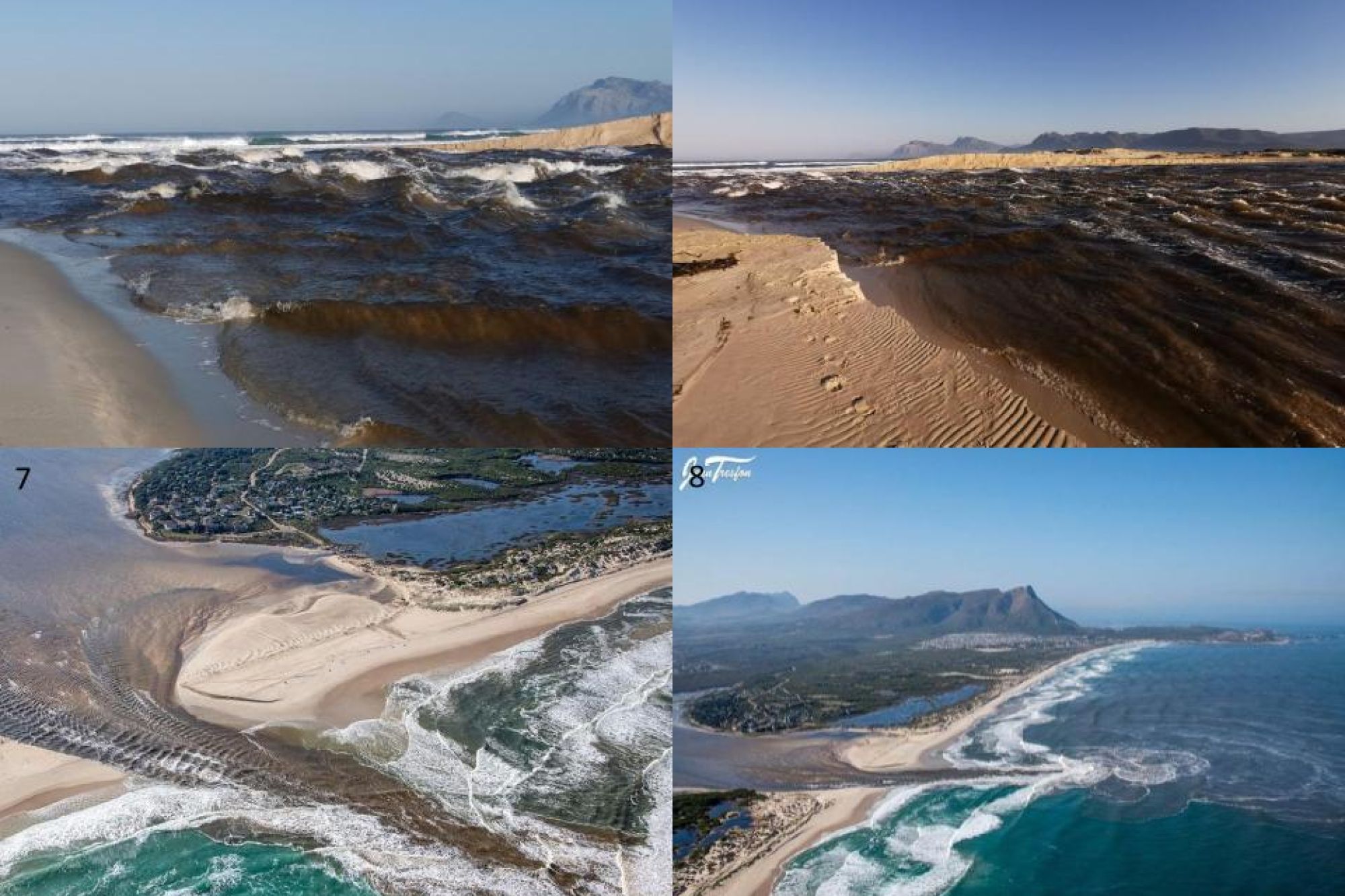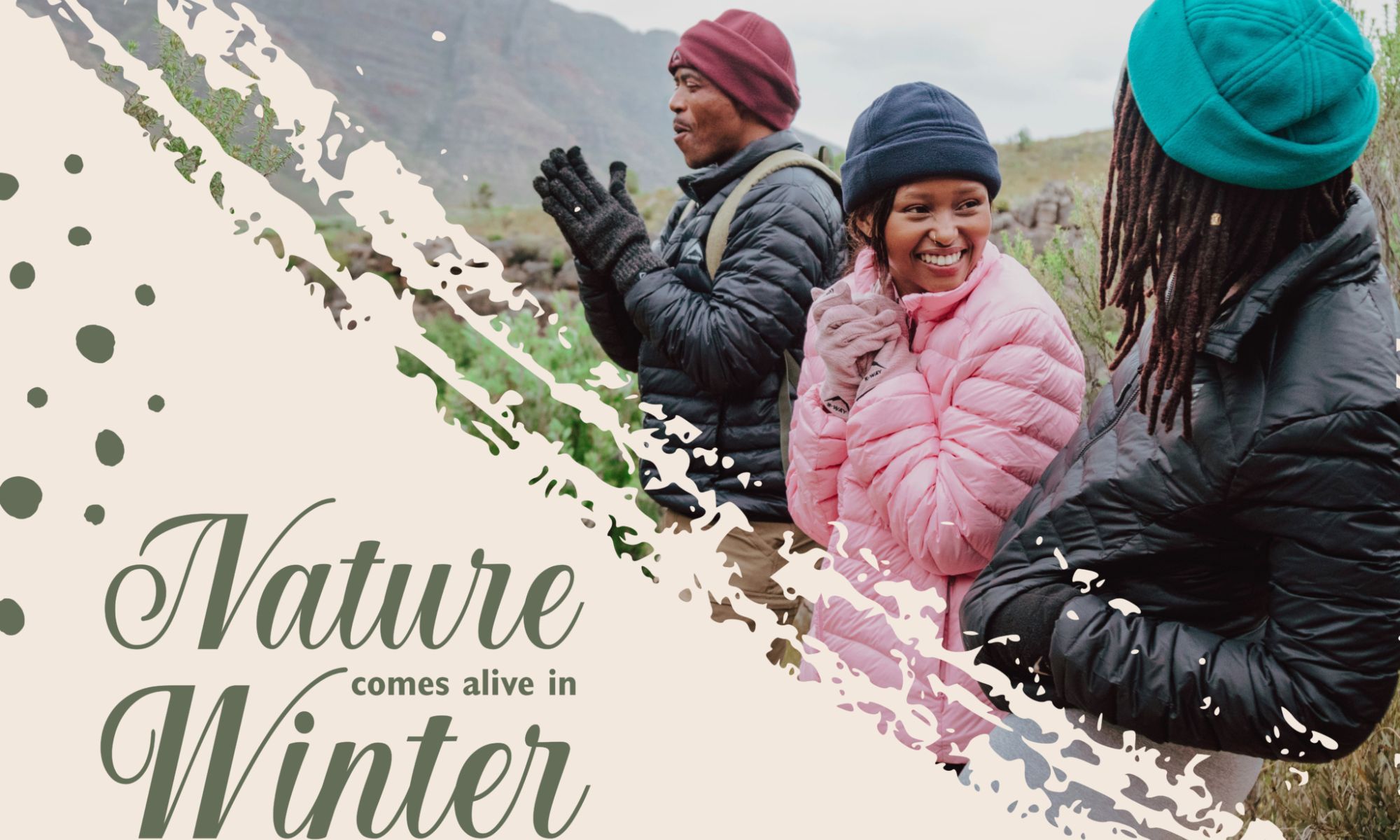
Essential Estuaries - Restoring an effective link between catchments and the ocean
The link between oceans and land, in most instances, is not well understood as people do not comprehend and understand the impact that their day to day life has on the ocean whether positive or negative. Freshwater, a critical life-giving resource, evaporates from the ocean surface and is largely responsible for much of the rain that reaches the land. Therefore, any changes in the ocean will significantly impact the land which can be in the form of a flood or a drought. Every drop of rain that falls on land accumulates and flows into a river that then will flow towards the ocean. Rivers flow through many different areas sometimes collecting rocks which eventually wear down to form sand. They also flow through forests and fynbos collecting leaves that contain valuable nutrients for plants and animals in the ocean.
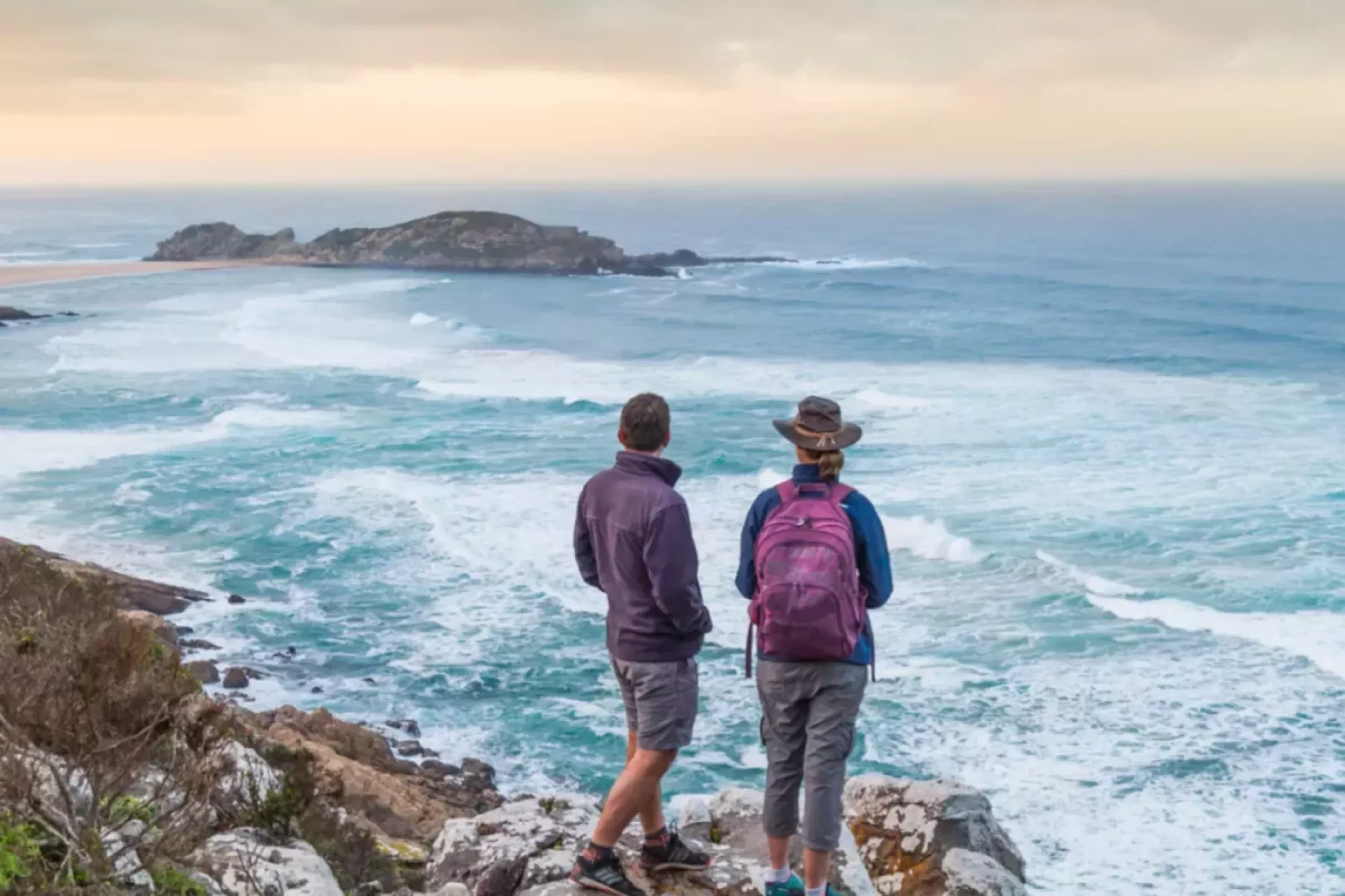
These interactions between mountain catchments, rivers, wetlands, estuaries and finally the ocean have been taking place for millions of years. This process has resulted in what we see today as our breath-taking Western Cape coastline with beautiful Kelp forests and vast sandy beaches. The most critical link between mountain catchments and the ocean are estuaries. The estuary ecosystem are totally dependent on the inflow of fresh and seawater to support the unique biodiversity it contains.
The inhabitants of estuaries are uniquely adapted to live in changing salinities (salt level in the water) as well as changing water temperatures and changing water levels. When the mouth bursts open this mixed water pours into the ocean and deposits nutrients and sand in the near shore area. These are products critical to the ocean. The inflow of freshwater attracts ocean species that use an estuary as part of their life cycle. These species “smell” this water and travel vast distances to enter the open estuary mouth. Many fish larvae enter the estuary mouth in this way. Estuaries form safe havens rich in food for the growing juvenile fish. These species will grow up in estuaries and return to the ocean ensuring the future generations.
Humans have the greatest impact on our ocean life. Dams have been built on rivers impacting the flow of freshwater to the oceans by as much as 50% which has an adverse impact on our ocean life. The freshwater flows needed to maintain the link between catchments and the ocean have been calculated by specialists in. The study works out how much water can be used by humans and how much is needed
to sustain the aquatic ecosystems from the rivers to the ocean. This is the first step in the restoration process. It is critical from a conservation perspective to monitor these flows and the resulting water quality in the estuaries to make sure this is taking place.
However, monitoring without any action is not good enough. Mouth Maintenance Management Plans have been developed to allow managers to open specific estuary mouths if identified triggers are reached. These triggers allow for the connectivity between the catchment and the ocean despite the use of water upstream and so maintain a balance between water use and ecosystem function. One such an example of where the triggers were reached which required managers to intervene by opening the estuary mouth was that of the Bot river estuary breach.
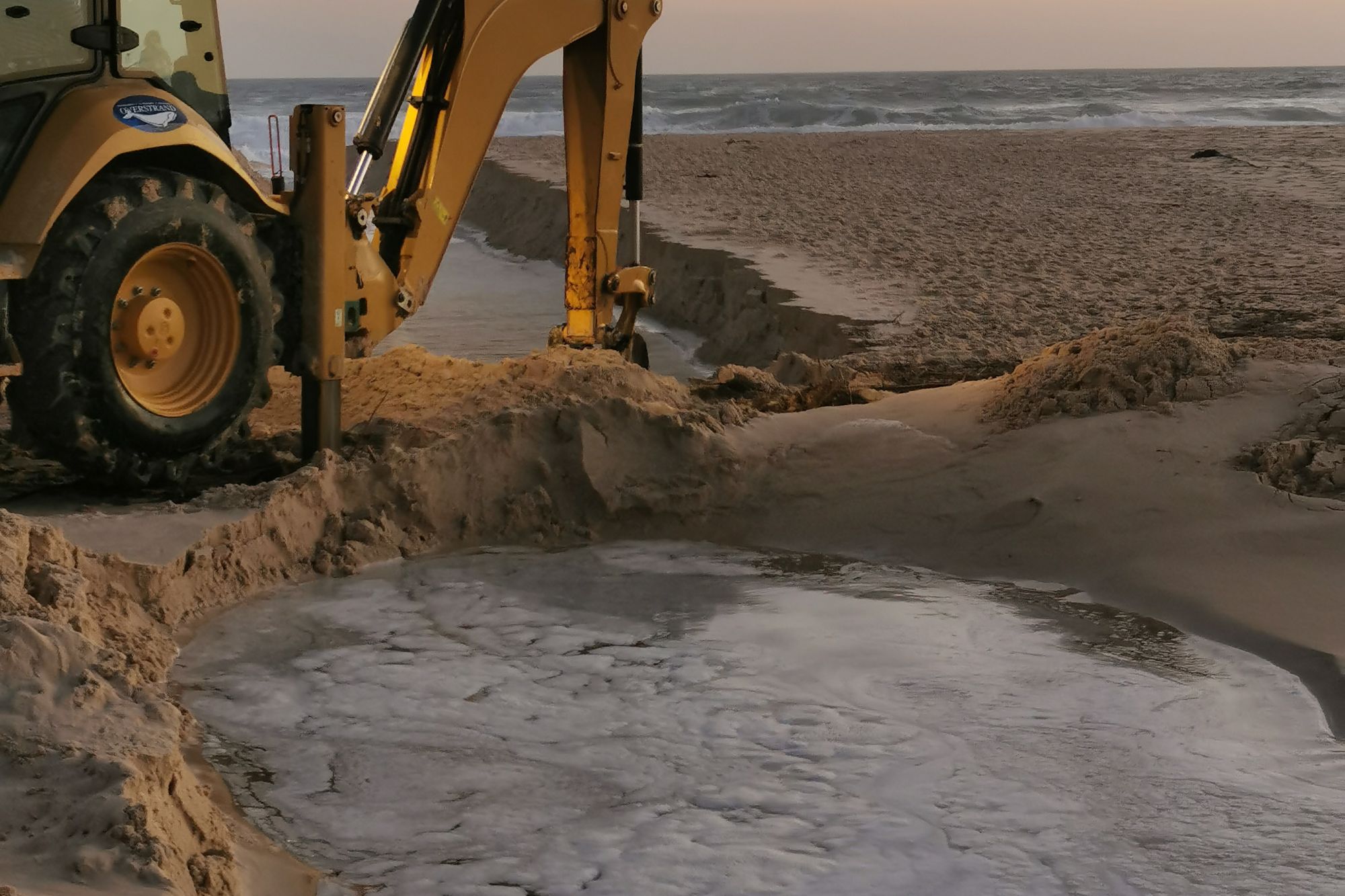
The Bot river estuary is the third largest in the Cape Floristic bioregion. The diversity of habitat types within the system and the expanse of the water body, makes it unique in South Africa. The most recent breach on the Bot river estuary took place on 21 July 2020.
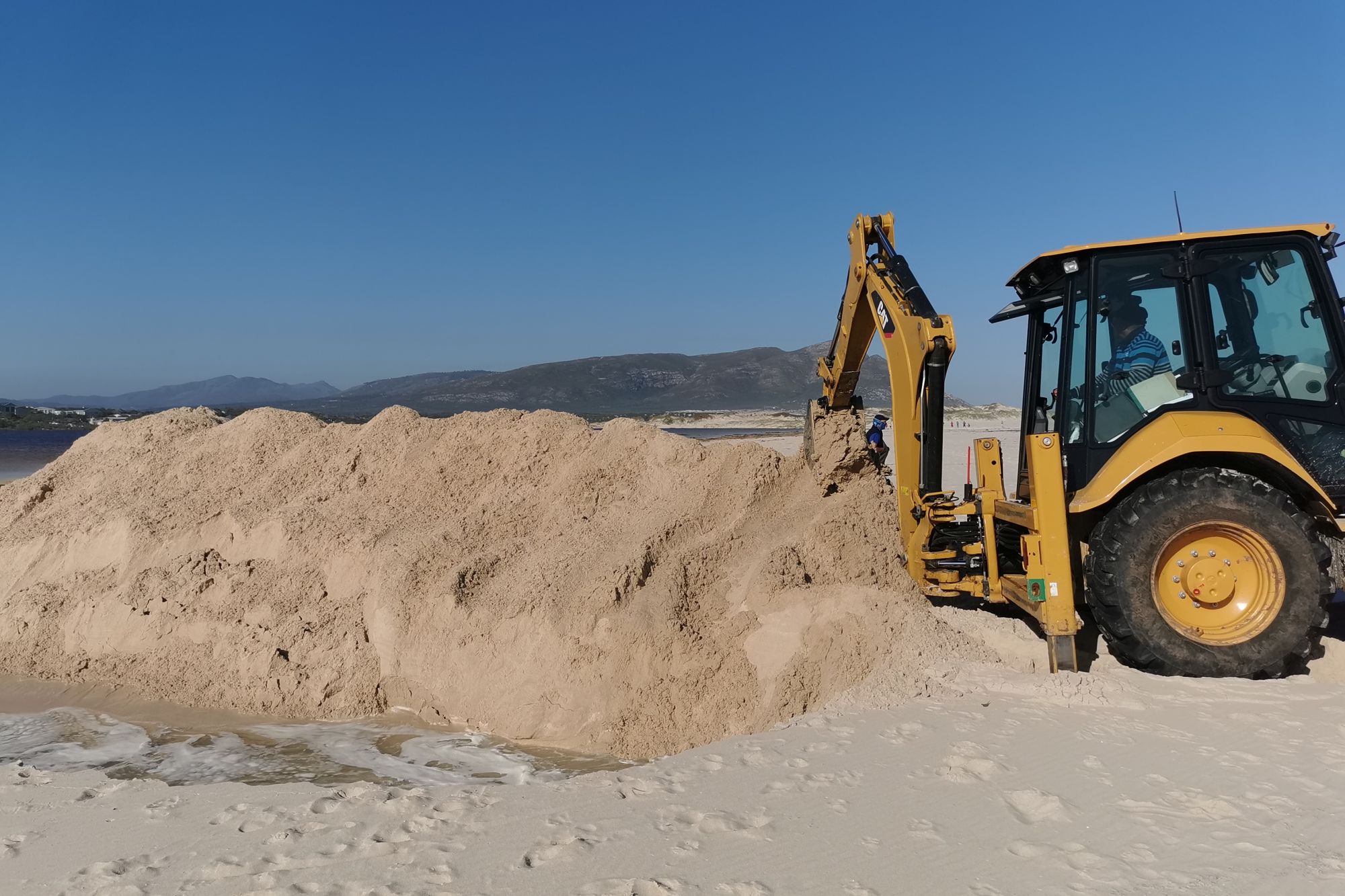
The critical link between catchment and ocean was restored. This breaching allowed for both marine and estuarine species to complete their life cycles. Ongoing monitoring of water quality and species will provide evidence of the impact of the breach on species recruitment into the future.
